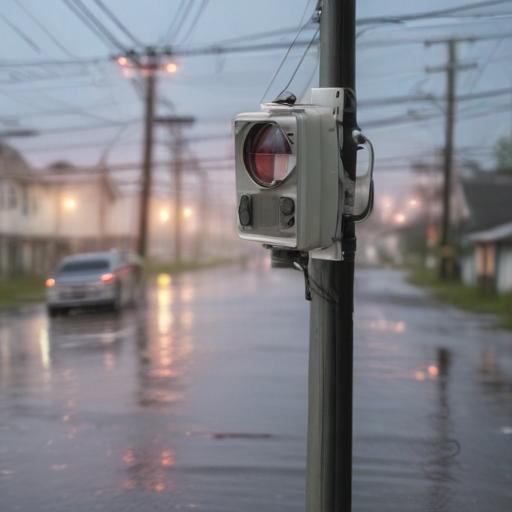In the wake of the devastating floods that hit Central Texas on July 4, local officials and citizens have been reassessing the effectiveness of the warnings issued in the lead-up to the disaster. The sudden and intense rainfall led to the tragic loss of over 100 lives, including more than two dozen campers and counselors from Camp Mystic alongside the Guadalupe River in Kerr County. Many survivors expressed confusion, claiming they either did not receive emergency alerts on their phones or did not grasp the seriousness of the warnings that were communicated.
A detailed analysis by CBS News revealed that the National Weather Service (NWS) sent out a total of 22 warnings specifically for Kerr County and its surroundings, utilizing increasingly urgent language regarding the floods. Notably, local government officials from Kerr County and neighboring Bandera County did not send additional alerts, relying exclusively on the updates from the NWS.
The timeline of warnings indicates that on July 3, the NWS issued several flood watches, alerting residents of potential flooding; however, these were not classified as emergency alerts. The first significant warning came at 11:41 p.m. on July 3, alerting residents of Bandera County to “life-threatening” flash flooding impacts.
Throughout the early morning hours of July 4, warning communications escalated in severity, including phrases urging residents to seek higher ground immediately. By 4:03 a.m., the NWS issued a Flash Flood Emergency, indicating rapid developments with heavy rain and flooding already occurring. A series of alerts continually outlined the critical dangers and rising water levels, culminating in numerous repeat warnings through the day.
Despite the volume of alerts, the extreme intensity and rapid onset of the flooding caught many off-guard. As the Guadalupe River peaked at around 36 feet early that morning, it became clear that the sudden and catastrophic conditions exceeded initial forecasts, leading to a dire situation for those in affected areas.
In light of this tragic event, it is crucial for communities and government agencies to critically evaluate the effectiveness of their emergency protocols. Looking forward, proactive measures and improved public education regarding emergency alerts could play a vital role in preventing such tragic outcomes in the future. This could include enhanced communication strategies that ensure residents fully comprehend the severity of potential weather hazards.
Overall, while the warnings sent out were frequent and increasingly urgent, the rapid and unpredictable nature of the flood highlighted gaps in public awareness and preparedness. Strengthening these systems can pave the way for better responses in future emergency situations and ultimately save lives.
